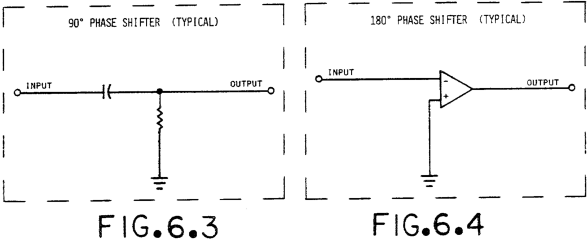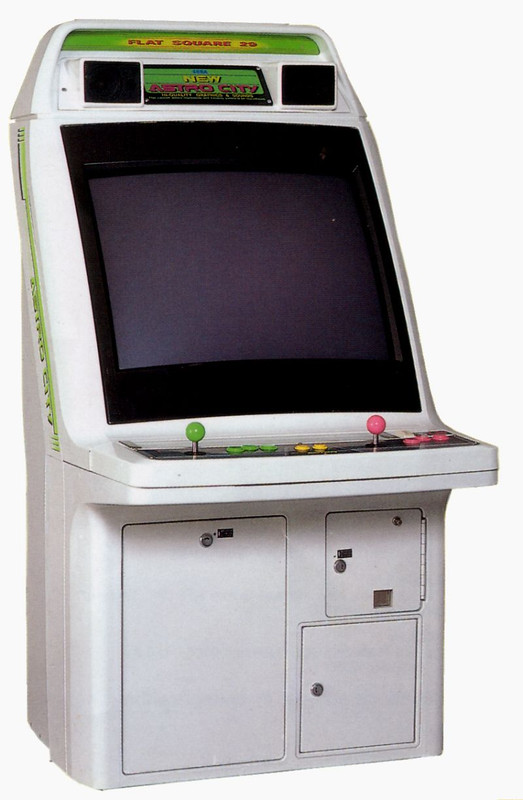The final words on this it's simple, to experience Capcom QSound you need that Capcom amplifier, end of story.
And properly aligned speakers, which most people running these not in original cabs don't have which defeats the entire purpose.
You don't need to run this on the original cab to proper hear the effects, all you need beside the Capcom amp, is to have a pair of aligned speakers facing you at your ears level.
Again, take the Ryu stage sample:
http://www.mediafire.com/file/3ey3fsutiwv1n3s/Ryu_Stage.zip
1. Play at your Smart TV, try Music, Movie, Game sound modes.
2. Mesure one arm length from the screen.
3. Make sure your stay at the center of the screen with the speakers at your head level.
4. Enjoy Qsound effects
To enjoy QSound this rules must be followed:
1. Aligned speakers
2. Speakers
MUST face the player
3. Speakers installed at the player ears or head level
4. Use Capcom power amplifier
If people want to use a custom made speaker box, make sure they are
time aligned properly. A good game to test/benchmark all QSound effects can deliver it's
Street Fighter Alpha/Zero 2. Capcom uses all possible QSound channels with both music and effects with this game, if you want to show off QSound, this is the game.
Capcom didn't keep up with it because the arcade environment was too noisy so people couldn't hear any QSound effects or details, also, if the ambient was too noisy, it makes no sense to spend money to develop sound and effects for QSound if people couldn't hear it anyway. This is why
Alpha/Zero 3 didn't receive the same sound treatment as
Alpha/Zero 2 among other key factors, back in 97/98 Japan’s economy had slipped into its worst post-World War II recession.[
1][
2][
3][
4] Many companies start to move development and production to China because of cheap labor, taxes, etc, etc.
If people want to enjoy QSound without the Capcom amplifier, someone with electronic background need to copy/recreate that matrix decoder around those 6 opamp's so they can be used with any power amplifier they want or people from the emulation scene must include the matrix decoder output together with the QSound code.




